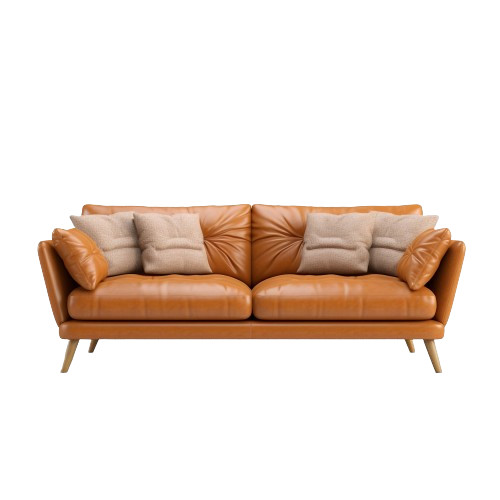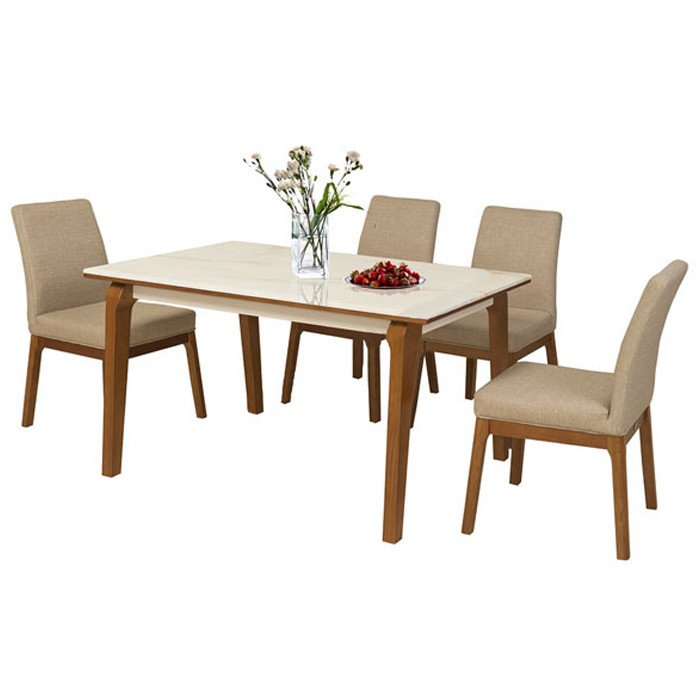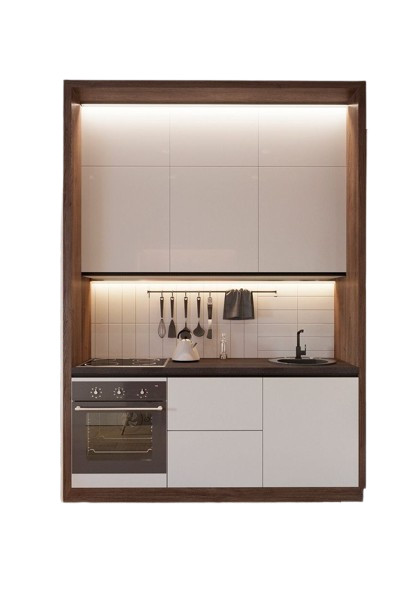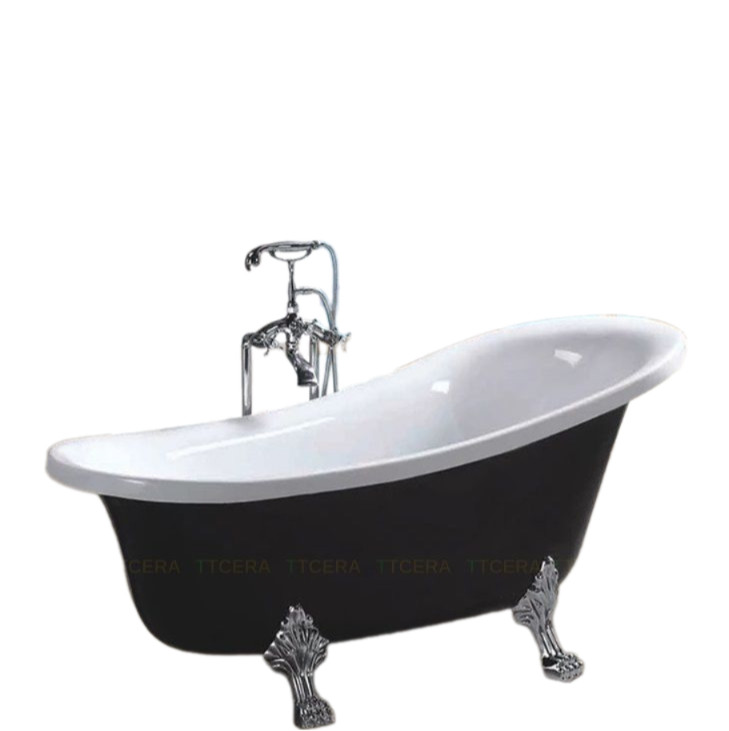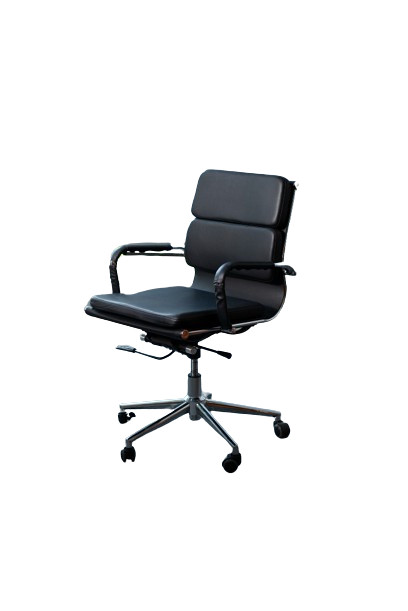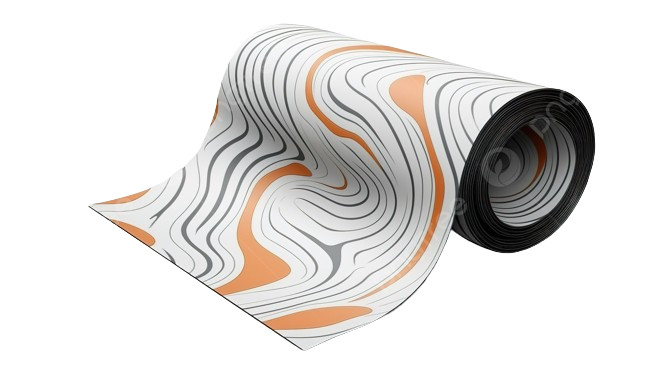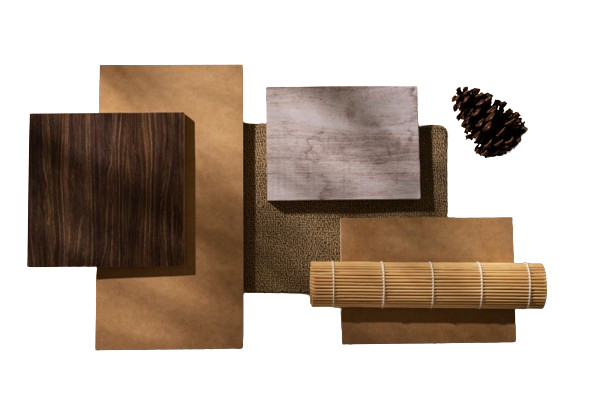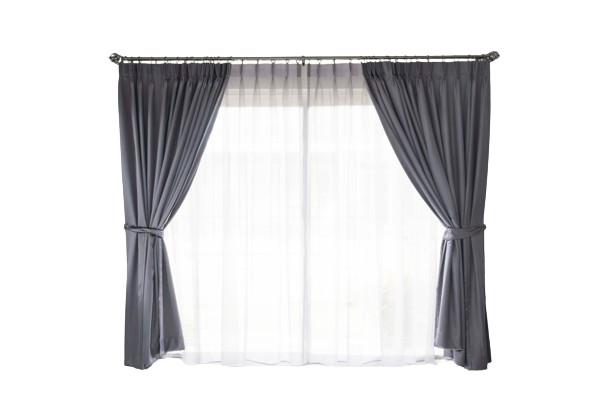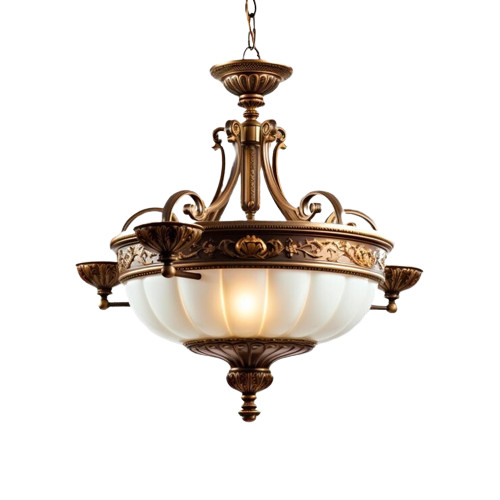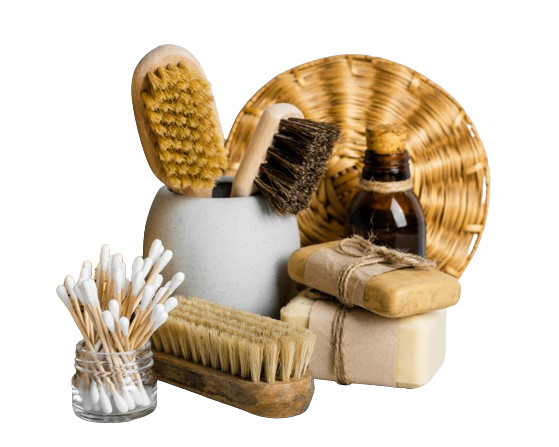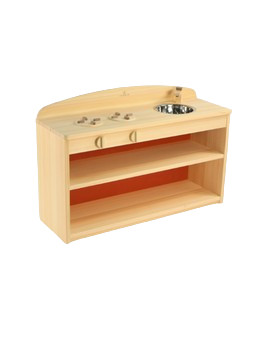HOME FLOOR CONSTRUCTION TO ANTI-MOISTURE
The primary cause of a house's humidity is the condensation of high water vapor (humidity) in the air onto a cold floor. For many families in the North and North Central regions, this is a "painful" situation. Adorn Museum would like to offer 5 suggestions for building anti-mold flooring that would help minimize this occurrence. Please read the article below for more information in detail!
1. Install a layer of granular coal slag to insulate the floor
Layer 1: 15mm ceramic floor tiles, grouted with cement
Layer 2: Floor mortar layer 25–30 mm thick
Layer 3: Granular furnace slag, 200mm thick
Layer 4: Oil paper/yellow sand cement waterproof membrane, 20mm thick
Layer 5: Grade 100 broken brick concrete
 This floor insulation model's basic idea is to prevent heat from rising to the surface of the floor from below
This floor insulation model's basic idea is to prevent heat from rising to the surface of the floor from below
2. Insulate the floor with a layer of air
Layer 1: Steel mesh concrete paving slabs/similar materials with air cushion
Layer 2: Air-tight, 20mm thick
Layer 3: Yellow sand cement mortar, 20mm thick
Layers 4 and 5: Broken brick concrete, 100mm thick
 The idea behind this technique is to prevent frigid temperatures from rising to the floor's surface. Insulation and an air layer for insulation will be used
The idea behind this technique is to prevent frigid temperatures from rising to the floor's surface. Insulation and an air layer for insulation will be used
3. Create an air-insulated buffer by covering the floor with sealed wood
Layer 1: Floor with industrial wood or natural wood 8–12 mm thick
Layer 2: The air cushion layer prevents heat transfer from the soil to the substrate and is 20mm thick
Layer 3: Yellow sand cement mortar creates flatness to pave the floor 20mm thick
Layer 4: Grade 100 broken brick concrete, 100mm thick
 Theoretically, all that is required to lessen the coldness of the floor and, consequently, the hot water phenomenon, is an insulation layer beneath the floor
Theoretically, all that is required to lessen the coldness of the floor and, consequently, the hot water phenomenon, is an insulation layer beneath the floor
4. EPS (polystyrene foam) base insulation
Layer 1: Porcelain tiles, 7mm thick, filled with cement
Layer 2: Glue layer or rubber bitumen paint (not mixed with petroleum)
Layer 3: High-strength Polystyrene (EPS) foam material layer, 25mm thick
Layer 4: Waterproof layer made of oil paper, rubber bitumen paint, or yellow sand cement mortar 10–20 mm thick
Layer 5: Grade 100 broken brick concrete
 This technique is frequently applied to wooden floors. insulation made of thick foam
This technique is frequently applied to wooden floors. insulation made of thick foam
5. Installing foam ceramic tiles for flooring
Layer 1: 10mm thick floor tiles
Layer 2: Foam ceramic tiles bonded to ceramic tiles with cement or rubber layer
Layer 3: Yellow sand cement mortar, 20mm thick
Layer 4: Broken brick concrete, 100mm thick
 Foam ceramic tiles cover the floor, and two layers of adhesive or rubber bitumen are used as water insulation
Foam ceramic tiles cover the floor, and two layers of adhesive or rubber bitumen are used as water insulation
These are a few easy-to-implement, low-maintenance techniques that work well to keep moisture out of modern home flooring. Feel the impact in your home after giving it a try.
ADORN MUSEUM
Location: O-1, TM.01, 1st Floor, Orchid 1 Tower, Hado Centrosa Garden No.200 3/2 Street, Ward 12, District 10, Ho Chi Minh City, Viet Nam.
Hotline: (+84) 28 3930 3428
E-mail: support@adornmuseum.com
Operation time:
8:30 - 17:30, Monday - Friday & 8:30 - 12:00, Saturday


